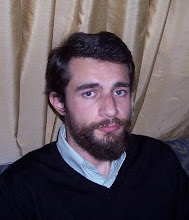
Fig. 6 Cortical areas involved in saccades. After receiving visual information in the occipital lobe and after visuospatial integration in the PPC, a saccade may be either triggered reflexively, mainly by the PEF, or triggered intentionally by the FEF, an area which also appears to be involved in active visual fixation. If a reflexive saccade must be inhibited, the DLPFC appears to play a crucial role (1). This area is also involved in short-term spatial memory (2) and prediction (3) when anticipatory saccades must be performed. With these three different actions, the DLPFC could play an important role in the decisional processes controlling ocular motor behaviour. The SEF could be involved in motor programmes including several successive saccades, or saccades combined with other body movements, whereas the CEF appears to activate all the areas controlling intentional saccades via a motivation process. ACC = anterior cingulate cortex; CEF = cingulate eye field; cs = central sulcus; DLPFC = dorsolateral prefrontal cortex; FEF = frontal eye field; ips = intraparietal sulcus; ls = lateral sulcus; pcs = precentral sulcus; PEF = parietal eye field; PPC = posterior parietal cortex; RF = brainstem reticular formation; SC = superior colliculus; SEF = supplementary eye field; 1, 2, 3 = the main actions of the DLPFC; + = saccade triggering; – = saccade inhibition.
C. Pierrot-Deseilligny , R. M. Müri , C. J. Ploner , B. Gaymard , S. Demeret , and S. Rivaud-Pechoux .
Decisional role of the dorsolateral prefrontal cortex in ocular motor behaviour.
Brain Advance Access published on June 1, 2003, DOI 10.1093/brain/awg148.
Brain 126: 1460-1473.
http://brain.oxfordjournals.org/cgi/content/full/126/6/1460

No comments:
Post a Comment